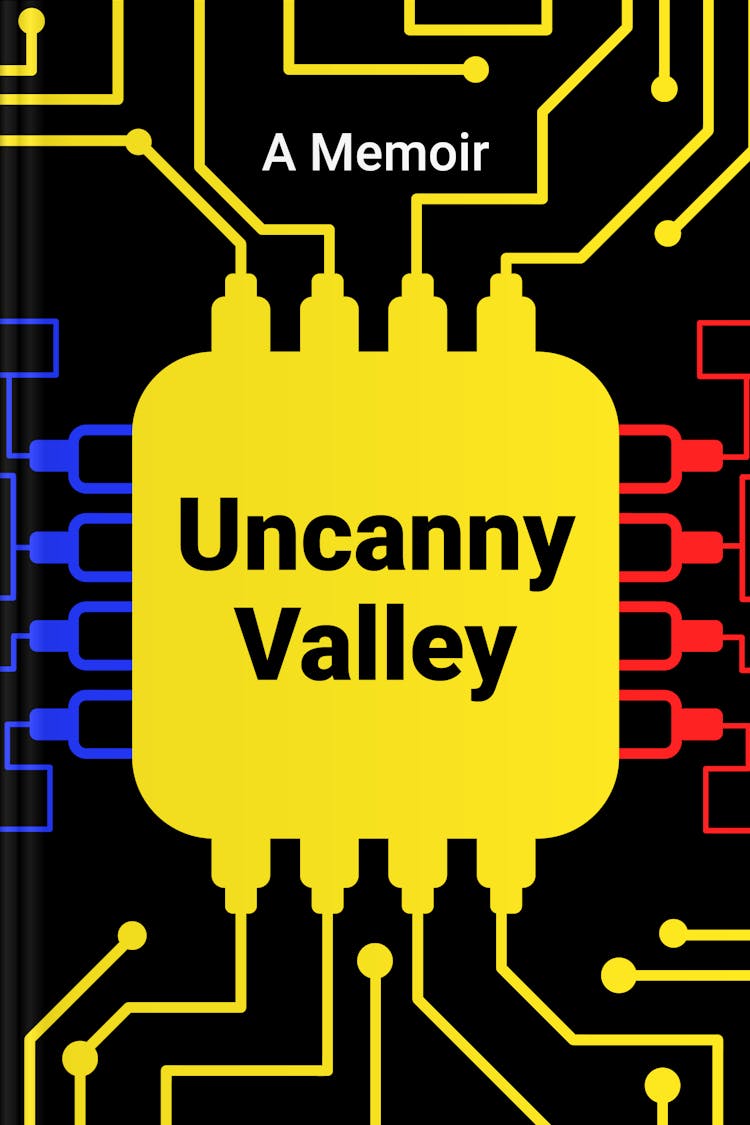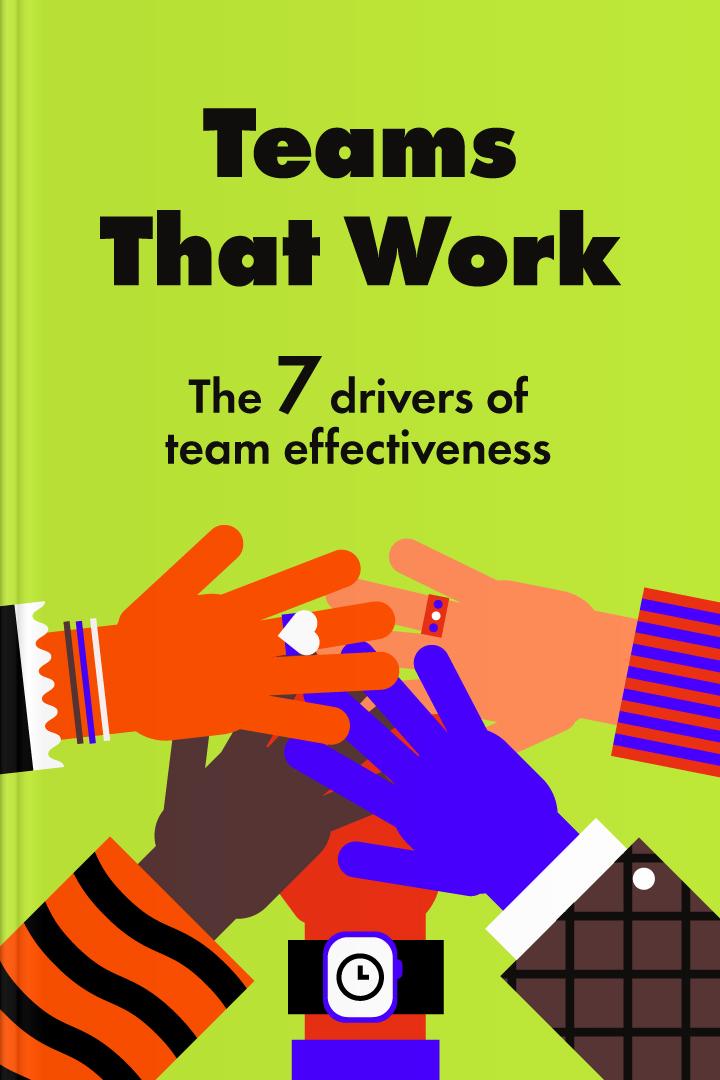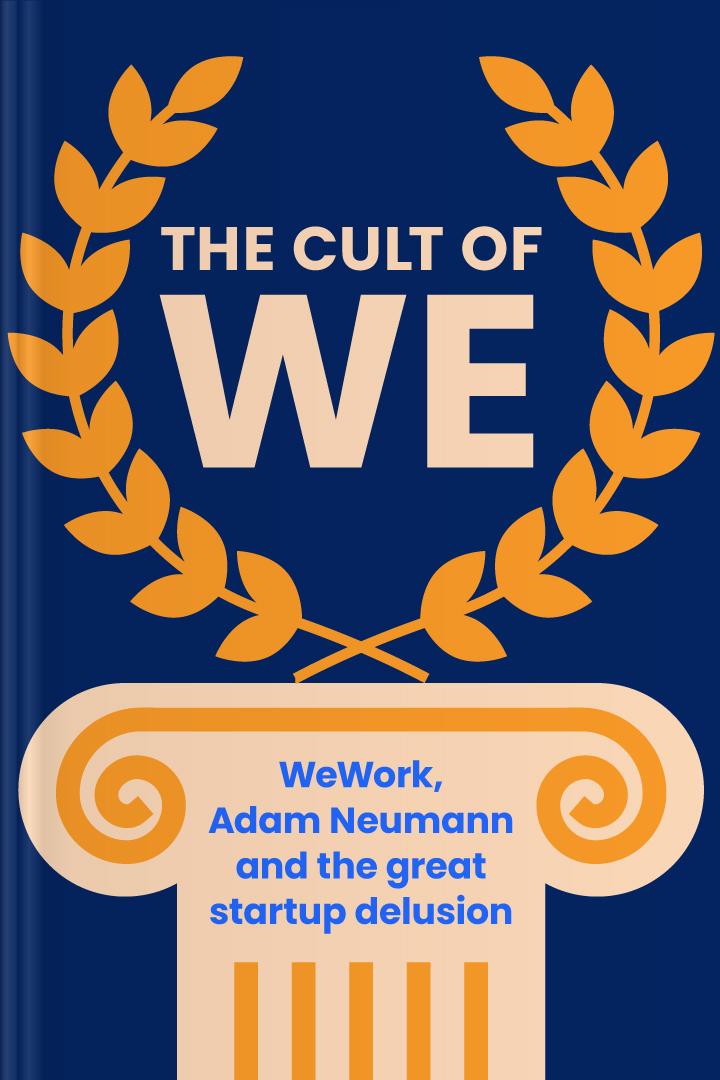29 Best Company Culture Books to Build a Thriving Workplace
Your team keeps missing deadlines. People avoid meetings. Someone just quit without warning. The problem isn't your people. It's your culture.
Best books on company culture reveal what most managers miss: the invisible rules that shape how work actually gets done. Daniel Coyle in 'The Culture Code' and Amy Edmondson in 'The Fearless Organization' show that great workplaces aren't built on perks. They're built on trust, clear values, and genuine connection.
Business culture books that fix real workplace problems
Business culture books teach you to spot the patterns you've been ignoring.
'The Cult of We' by Eliot Brown and Maureen Farrell shows how at WeWork the corporate culture turned from inspiration to illusion. Founder Adam Newman created an atmosphere of mission, where everyone believed they were "changing the world," but this gradually replaced real results with fanatical devotion to the idea. The company's culture was built on the charisma of the leader, loud slogans, and the feeling of a "big family" that blurred the lines between work and personal life. Ultimately, the book shows: when a corporate culture becomes a religion without critical thinking, it stops supporting development — and begins to destroy it.
'Built to Last' by Jim Collins and Jerry Porras studied companies that survived for decades and found something surprising: the best ones didn't chase trends. They adhered to core principles even when it meant sacrificing short-term profits. That's the difference between a workplace that lasts and one that burns out.
These books address the stuff happening in your office right now. 'Let's Talk' by Therese Huston explains why one-on-one meetings can feel awkward and offers suggestions on how to address the issue. Gary Chapman's 'The 5 Languages of Appreciation in the Workplace' reveals why your 'great job' compliments often fall flat with half your team. You're not failing at culture. You just haven't learned the language yet.
Best books on company culture for building teams that stay
The best books on company culture focus on one truth: people don't quit jobs, they quit environments.
Scott Tannenbaum's 'Teams That Work' digs into why some groups click while others fall apart. It's not about hiring superstars. It's about creating conditions that enable normal people to do their best work.
Jeffrey Liker's 'The Toyota Way' proves this with decades of data. Toyota didn't dominate the auto industry because it had better engineers. They built a system that allowed every worker to identify and address problems. That's culture in action, not in mission statements.
Daniel Coyle's 'The Culture Code' studied groups from Navy SEALs to Pixar animators. He found that high-performing teams share specific behaviors: they make everyone feel safe to speak up, they admit vulnerability, and they remind each other why the work matters. These aren't soft skills. They're the mechanics of teams that don't implode under pressure.
What makes these books different from other leadership seminars? They give you actions, not slogans. 'The Fearless Organization' doesn't just say "be open." Amy Edmondson explains exactly how to respond when someone admits a mistake so they'll speak up next time.
That's the shift from knowing culture matters to actually changing it.
Whistleblower
by Susan Fowler
Who should read Whistleblower
The Toyota Way
by Jeffrey K. Liker, PhD
What is The Toyota Way about?
Who should read The Toyota Way
Uncanny Valley
by Anna Wiener
What is Uncanny Valley about?
Who should read Uncanny Valley
Teams That Work
by Scott Tannenbaum, Eduardo Salas
What is Teams That Work about?
Who should read Teams That Work
The Cult of We
by Eliot Brown, Maureen Farrell
What is The Cult of We about?
Who should read The Cult of We
The Fearless Organization
by Amy C. Edmondson
What is The Fearless Organization about?
Who should read The Fearless Organization
Just Work
by Kim Scott
What is Just Work about?
Who should read Just Work
Built to Last
by Jim Collins, Jerry I. Porras
What is Built to Last about?
Who should read Built to Last
Let’s Talk
by Therese Huston, PhD
What is Let’s Talk about?
Who should read Let’s Talk
The End of Bias
by Jessica Nordell
What is The End of Bias about?
Who should read The End of Bias
Frequently asked questions on company culture books
What are the 4 types of company culture?
There are four types of corporate culture: clan – like a family, focused on team and trust; adhocracy – creative, flexible, with an emphasis on innovation; market – competition and results above all; hierarchical – stability, rules, clear structure. Each forms its own style of work and motivation. Your dominant culture type shapes how decisions get made, how people communicate, and whether employees feel motivated or drained by their work environment.
What are the 5 P's of corporate culture?
These 5 Ps are purpose (the reason that a company exists), principles (the values that shape behaviour), people (who you choose to hire and how you treat them), practices (the habits and rituals that comprise your days), and place (the physical or virtual space you occupy). Combined, these five factors make up the actual experience of working somewhere. Companies that align all five Ps develop cultures that employees do not want to escape, but thrive in.
What are the 5 C's of culture change?
The 5 C's are commitment (leadership buy-in), clarity (defined vision and values), communication (consistent messaging), capability (skills to execute change), and consistency (sustained effort over time). Culture change fails when organizations skip steps or expect quick results. Real transformation takes months. You need all five working together to make new behaviors stick.
What are the 4 elements of corporate culture?
The main elements of corporate culture are values, mission, behavioral norms, and symbols. Values define what the company believes in. The mission explains why it exists. Behavioral norms shape how people interact. Symbols are everything that conveys the spirit of the company: the office, the style of communication, traditions, and rituals.









